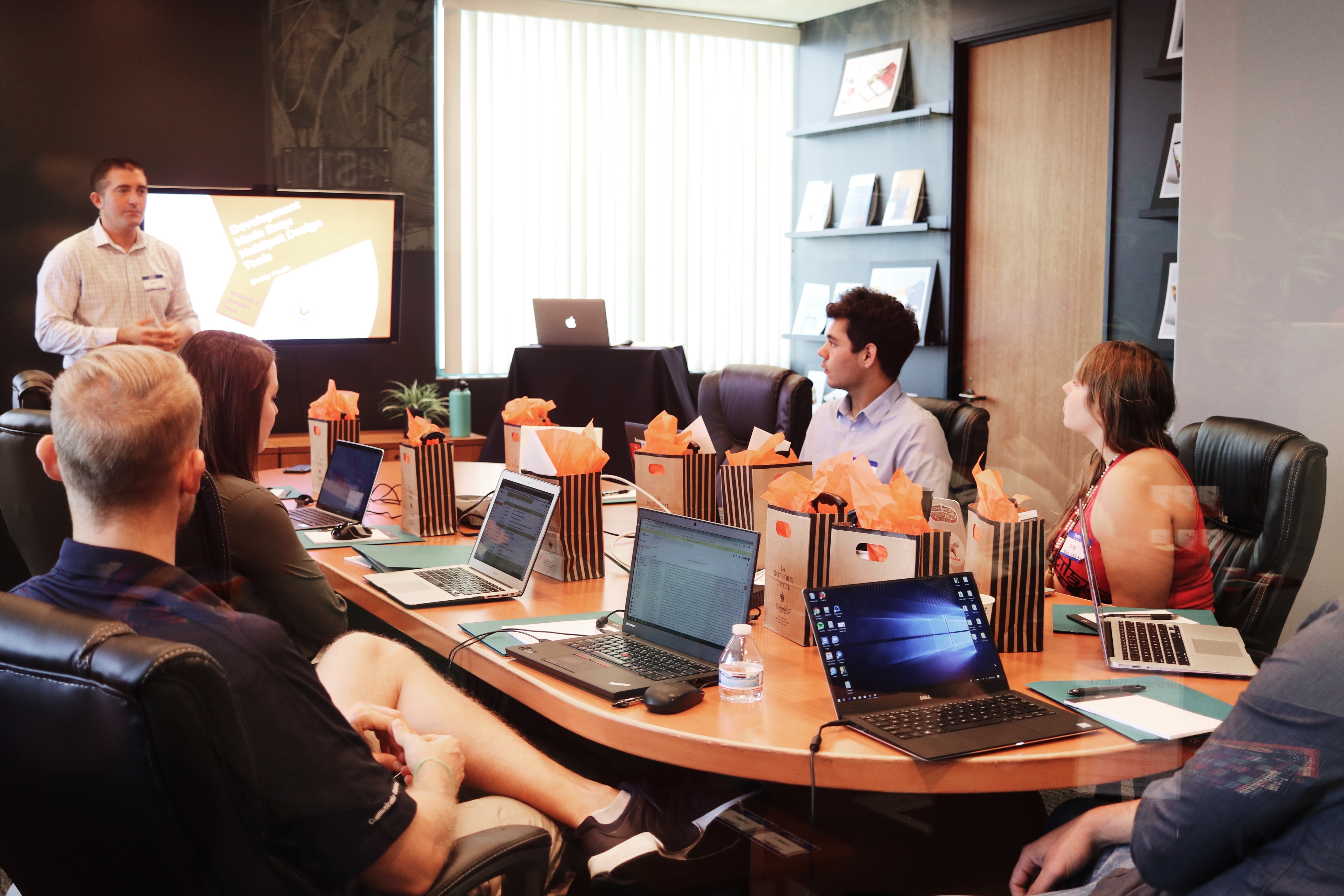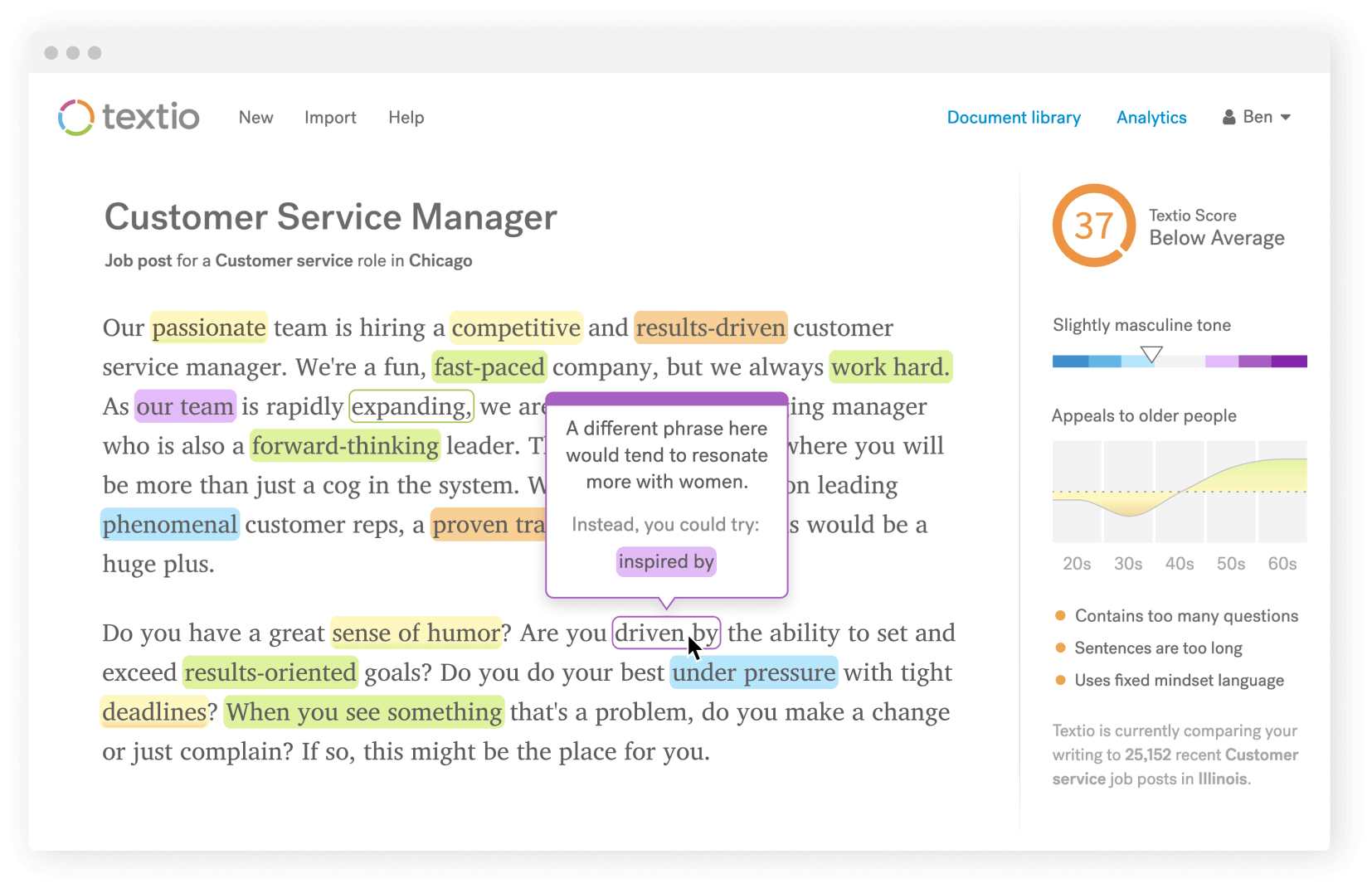

Nov 22, 2022
We spend roughly ⅓ of our lives at work. Yet 40% of people say that they feel isolated at work, and Covid lockdowns and enforced home working further compounded these issues.
At the same time, companies in the US spend almost $8bn a year on diversity and inclusion training, but they’re missing the mark because they’re neglecting our need to feel like we belong.
We want to feel like we belong at work, feel supported, and feel like our company is helping our wellbeing. But traditional inclusion programmes aren’t working in the way they’re supposed to. Bias training often only highlights differences and makes them more salient, we’re still figuring out how to adapt to the post-COVID work environment, and younger generations are valuing different things in their offices than before.
So when you’re navigating hybrid working, whilst trying to onboard new starters, and managing intergenerational work culture clashes, all whilst continuing to deliver on income targets, feeling like you belong can sometimes be a tall order.

Larry Senn
Our working lives are a major contributor to our general feeling of wellbeing - being happy at work can make or break how we feel about our lives in general. And belonging at work is a key factor in our experience with an employer.
When we feel we belong, we feel more connected to our organisation’s values and mission, we’re more engaged, we perform and produce better work, and we’re overall happier. Not only is creating a sense of belonging amongst your employees important for their own wellbeing, it drives creativity, intelligence, and innovation in the workplace.
So how do we: encourage diversity, make everyone, regardless of their identity, feel like they belong, and foster an inclusive work culture?

Let’s start at the beginning. From the moment a new hire walks through the door, how do you make sure they feel like they belong in your workplace? And how do you make sure your hiring practices are promoting belonging and inclusion?
Seek out people who aren’t like yourself, expand across communities. Make a hiring plan, evaluate your progress. What’s working, what isn’t? Who can you bring in to help with that?
Quotas are a known way of promoting diversity - they quite literally demand it. Let’s say your hiring plan exposed some skewed hiring data, and you’re considering a quota. Upside: quotas have done a great job in improving diversity in a number of countries. Downside: quotas aren’t always intersectional, and they’re only one step in a long way to go. It’s worth noting that the American Supreme Court just condemned academic quotas, which will likely trigger similar cases with workplace quotas soon. Will this rejection of quotas be contagious?

Over the past decades, our vocabulary has been changing. As the world becomes more complex and nuanced, we’re learning about the stigmas, associations, and underlying assumptions that our language can often carry. Most job descriptions (and performance reviews, promotion decisions, etc) are still heavily gender-coded. Are you looking for a dependable and enthusiastic people-person? Or an aggressive, decisive leadership-type? Think about who you’re implicitly inviting to apply. Most of the time, we don’t even realise we’re doing it, but don’t allow yourself to reinforce stereotypes.
Communications company Textio has developed software that will de-code your language. Open-source ‘dictionary’ Diversity Style Guide has put together a guide to help organisations navigate this complex world with more nuance. Researcher Kat Matfield has made the Gender Decoder: a free tool that tracks gendered words in job listings. But you don’t necessarily need to invest in new software - sometimes a simple Google search or mindful reread can do the trick.
Even with the best of intentions, there can be an application gap. Women and BAME applicants are 20% less likely to apply to a job than their white male counterparts if they don’t fit every single one of the criteria.

So you’ve hired someone new. Your onboarding process is going to be their first real experience with the day-to-day of their new job. This is where your role in making them feel at home starts. There’s a myriad of different ways of doing onboarding, and no two organisations are ever going to be the same, but here’s a couple of things to be aware of:
Highlight inclusion and belonging in your onboarding. Are there resources to access, contact people to talk to, programmes and steps in place if it goes wrong, training sessions to attend?
Charities are jargon heavy, and vernacular can be unique not just to your organisation but also between teams. Help your new starter speak your language by giving them the resources they need.
Celebrate the small wins. Your new hire is there because they believe in your vision and they want to make an impact. Let them start contributing early on. On the flip side, giving a new team member too much to chew from the get go can make them feel like a fish out of water. It’s a balancing act, but celebrating the small moments can help enormously.
Does your new starter understand your organisation’s vision and journey? Do you have a roadmap you can share with them? People can’t feel like they belong if they don’t understand where they are.

CULTURAL ETHOS: Honest and creative
SUCCESS STATS: 15 Academy Awards, average box office of $600m per film, and a notably low turnover rate.
HIRING: They hire creative people, based on potential instead of their current position or experience. The idea is to hire people in their growth-phase, so that they can grow into the company culture.
ONBOARDING: The onboarding process includes talks by team leaders about the mistakes they’ve made and lessons they’ve learned, to encourage employees to accept failure. The message: fail early, fail often. The effect: a psychological safe-space for failure.
SHARED VISION: Pixar’s structure is built so that people contribute to the studio rather than just their own films. Everyone is involved in all kinds of projects and films, to different degrees.
WELLBEING: The company believes that good benefits can take away the everyday stresses for employees and instead give them that space to think creatively. This means a strong core benefits package (private healthcare, mental health support, financial support), as well as a few special perks. They’ve got yoga and tai chi sessions in-office, as well as an ergonomics expert to make comfortable workplaces. Also worth considering: Personal Project Days, where employees get two days a month to work on anything they want, which doesn’t have to be directly related to whatever ongoing project they have.
COLLABORATION AND SOCIAL: Pixar builds community over free agency. It’s a no-hero culture, where creativity is a team sport. When a film does well, everyone is rewarded. They’ve got a series of collaborative sessions designed to bring different teams and levels of authority together. These range from Dailies (morning meetings to review every team’s work in progress), to Notes Days (all internal work is shut down for a day and all non-managers come together to work on each other’s projects), to Braintrust Meetings (the whole company comes together to give candid written feedback).
COMMUNICATION: All ideas are welcome. Directors are given the same level of unfiltered candid feedback as anyone else; ideas are appreciated regardless of where they come from; and all ideas are shared to the entire workforce.
HYBRID WORK: You can’t force creativity, so work the hours that feel comfortable for you. The office is a creativity hub, but when you don’t need input or have scheduled collaboration sessions, work where you work best.
One of the main reasons people feel like they belong at work is down to a shared vision. As a charity, ideally you’re hiring people that already feel a deep connection to the values and mission of the organisation. It speaks for itself that the people coming through the door already have a shared vision. But sometimes, in the 9 to 5, the end goal can feel out of reach or disconnected. How do we bring this shared vision to life every day? Think about allocating volunteering time for your employees, or bringing different teams and branches together on cross-organisational projects more often.

Of course, we want our people to be happy. They’re spending time and energy on supporting our organisations’ values and missions, and we want them to feel happy doing so.
The COVID crisis drove workplaces towards a new focus on how employees are coping and feeling for the first time in a long time. With more people burning out, and needing more support to get through the average working day, companies had to shift their focus to better wellbeing and inclusion plans.
People that feel supported in their wellbeing are more likely to feel like they belong, and less likely to get burnt out by the work they’re doing. But a true wellbeing culture at work is more than just the sum of wellbeing programmes. It’s a culture driven by a holistic top-down model that actually values the person behind the work.

CULTURAL ETHOS: Flexible and Innovative
SUCCESS STATS: It’s Google. It’s famous for being one of the most coveted workplaces on Earth.
HIRING: Google’s hiring ethos is to hire individuals with similar objectives (making information accessible to all). The interview process focuses on finding fun, outspoken and collaborative people.
SHARED VISION: The core values are central to every aspect of Google’s work. They’re baked into the employees from day dot.
WELLBEING: The Google offices are famous for having literally all of the amenities from pool tables to yoga sessions to free meals to on-the-clock video-game stations. But beyond making the workplace a fun place to be, they support their employees with a strong core benefits package, financial advice, strong parental support (including for adoption), gym memberships and more. Happy employees mean more productive employees.
COLLABORATION AND SOCIAL: The offices are meant to be a fun place to encourage people to come in, so they can work more collaboratively. Google also realises you can’t schedule innovation, so meetings are often held in diner booths instead of conference rooms, on the employee’s own timelines.
COMMUNICATION: On the first day, employees get access to almost all of Google’s code, with the idea being total transparency. The company has a flat hierarchical structure, with an open communication and open-door policy. There’s Friday meetings to allow employees to ask the founders questions.
HYBRID WORK: Circling back to the idea that you can’t schedule innovation, Google employees are trusted to make their own work hours, and decide what percentage of their workday is dedicated to leisure and wellbeing. Breaks are encouraged for mental health.

A big part of belonging means your team feels connected to the people they’re seeing every day at work. And it’s becoming increasingly important, with younger generations putting more and more emphasis on being socially engaged at the office. We used to have the infamous water cooler moments, where employees caught up about the latest episode of Game of Thrones. The pandemic almost entirely nixed this. But the water cooler was a way of sparking innovation, productivity, and innovation. Think about where your (metaphorical) water cooler moments are coming from now. What about the social rhythms of your office? Consider anything from weekly quizzes, to online classes, cross-organisation training days, communal lunches, or coffee with the CEO.

Open lines of communication are a great way of breaking down the divides between different levels of seniority and teams. It promotes employee wellbeing and shares values and goals across the organisation. Introduce a mentor system, have regular team meetings about the goals and future of the organisation to keep everyone up to speed, or create a direct feedback system - revolutionise the classic suggestion box.

Hybrid working isn’t going anywhere. Now that we know the world isn’t going to burn down when we work remotely, a lot of people are taking advantage of the comforts of working from home and are reluctant to go back. Last year, McKinsey found that flexibility with working arrangements is now more important than salary as the way employees most want to be supported at work.
Belonging is a basic human need. And we need it at work as much as we do in our home, our families, and our social circles. The pandemic has massively shifted the way we see the office, and we need to adapt to this new culture. There’s a million and one ways of doing this, so consider the ones that work for you and your organisation. If you’d like a more in-depth look at how other companies are doing this, check out our case studies on Patagonia and Airbnb.
This is not a one size fits all scenario. Don’t let fear of failure hold you back from trying new programmes. Maybe no one uses the first few that you pilot, but there’ll be something out there that your employees will appreciate. Don’t be afraid to fail and adapt.
The people who know best what they need are your employees themselves. Listen to their opinions and needs. Make sure you’re doing regular check-ins. And more importantly, make sure that you’re not just for the sake of listening - act on the advice you get.
A few wellbeing programmes cobbled together do not make a culture of wellbeing. Make sure that wellbeing is a top-down priority that influences all the decisions you make. It should be baked into every aspect of your culture, not just the ones with ‘wellbeing’ in the title.